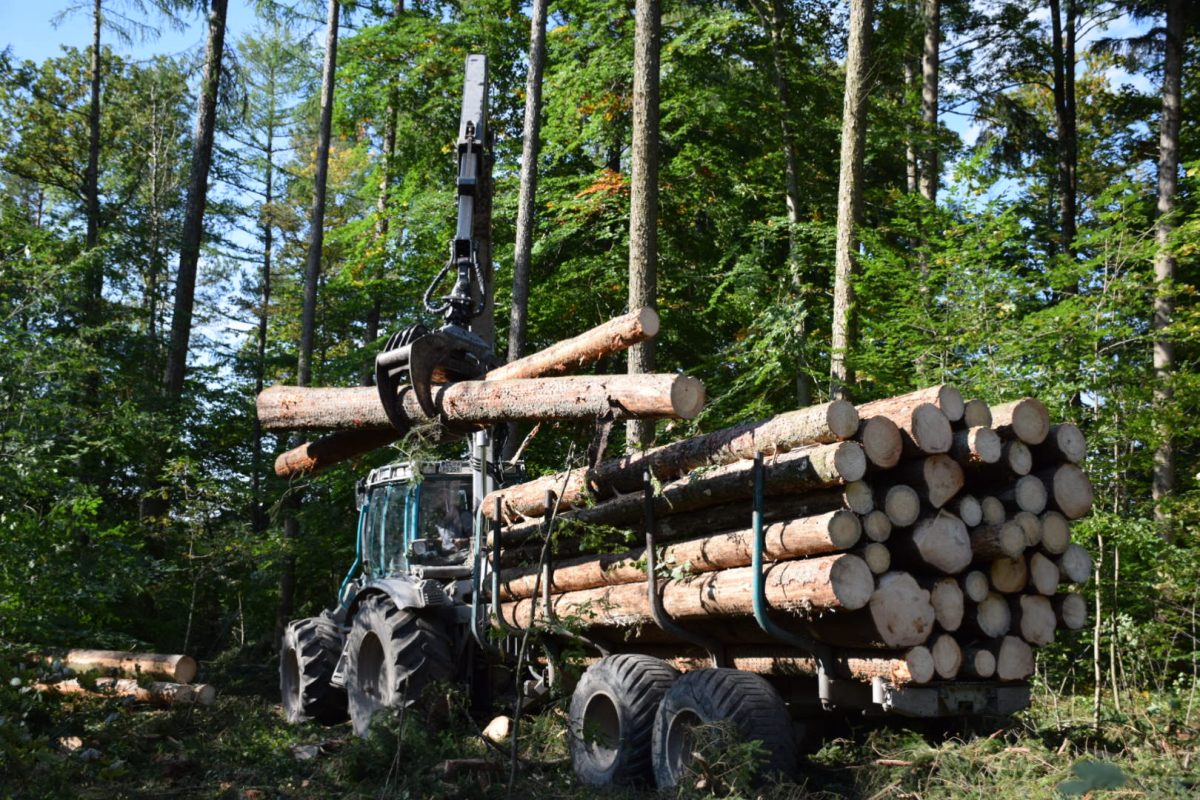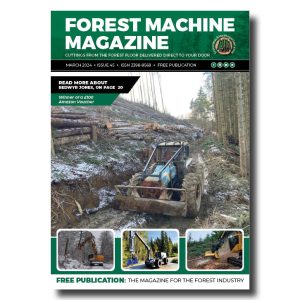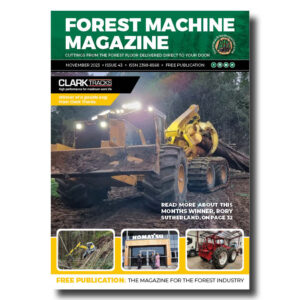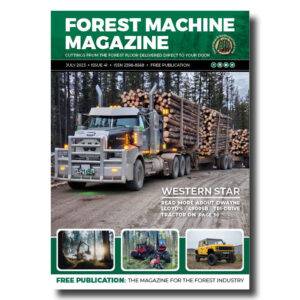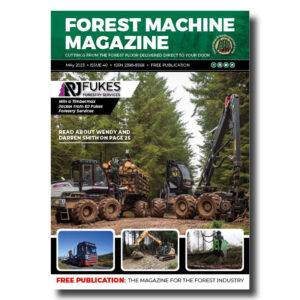The German sawmill industry is heading towards one of its lowest production years in recent history, according to industry forecasts
The German sawmill industry is heading towards one of its lowest production years in recent history, according to industry forecasts and sentiment surveys. This sharp downturn is not merely a cyclical dip but a confluence of persistent economic headwinds and major regulatory uncertainty, casting a long shadow over the entire European woodworking industry, which relies heavily on German raw material supply.

-
That’s a remarkable amount of work hours for a single machine, the Norcar 600 owned by Erkki Rinne is taken well care of, it even has the original Diesel engine.
-
Kieran Anders is a forestry contractor working in the lake district. His work involves hand cutting and extracting timber using a skidder and tractor-trailer forwarder.
-
It is not possible to eliminate chain shot, but there are simple steps that can be taken to reduce the risk.
-
Arwel takes great pride in the fact that the mill has no waste whatsoever, “the peelings are used for children’s playgrounds, gardens and for farm animals in barns in the winter and the sawdust has multiple uses in gardens and farms as well.
-
Timber hauliers need to encourage young blood in, and also look after the hauliers we have, we need make the sector a safe and positive place to work.
FIND US ON
The drop in output—which has seen up to 95% of cutting capacity affected by production cuts across the country—is being driven by a perfect storm of factors: a severe slump in domestic residential construction, persistently high operating costs, and growing fears over the practical implementation of the new European Union Deforestation Regulation (EUDR).
The primary catalyst for the production cuts is the dramatic collapse in Germany’s residential construction sector. Crippling interest rates, high financing costs, and a general loss of consumer confidence have caused a massive decline in building permits for new single- and multi-family homes.
Residential retreat: New residential construction, which is a key driver of softwood lumber and engineered wood demand, remains the biggest problem. Order books for German sawmills are thin, and domestic demand for construction timber has been described as persistently weak. This forces producers to either lower prices or, more commonly, slash production volumes to prevent an unmanageable inventory overhang.
Wider industry impact: The pain is felt across the woodworking industry. The German Woodworking Machinery Association (VDMA) has reported significant revenue declines as downstream furniture and wood-based panel manufacturers delay investment in new technology due to their own weak order situations. The entire value chain, from loggers to final product manufacturers, is suffering from the stagnant construction engine.
Compounding the production challenge is a peculiar paradox in the raw material market. Despite the slump in demand for finished sawn timber, German sawmills are currently facing an increasing shortage of fresh softwood sawlogs.
This unusual situation stems from the successful control of the bark beetle infestation in 2024, particularly in regions like Bavaria. While this is an ecological victory, it means the supply of damaged wood—which had flooded the market for several years and kept raw material prices artificially low for sawmills—has dried up faster than expected.
Sawmills are now forced to compete fiercely for fresh, high-quality sawlogs, driving up prices for this essential raw material. This dynamic creates a vicious squeeze:
Low Sales Price: Finished lumber sales prices are capped by the weak construction demand.
High Input Cost: Raw log prices are rising due to the shift from beetle-wood to fresh-cut timber.
Result: Shrinking profit margins, forcing further production curtailments, and making short-time work a reality for
many mill workers.
The regulatory threat
The final and most pressing factor is the looming implementation of the EU Deforestation Regulation (EUDR). Due to come into full effect later this year, the EUDR requires companies to prove that their wood products are deforestation-free, demanding full chain traceability back to the plot of land where the wood was harvested.
The German timber industry has warned that, in its current form, the regulation is “simply unworkable” for the complex, mixed wood supply chains common in Central Europe. The main concerns are:
Bureaucratic burden: Sawmills and forest owners fear being overwhelmed by the documentation needed to manage and pass on thousands of reference numbers for every processing step.
Supply shutdown risk: Crucially, many smaller forest owners are reportedly considering a suspension of harvesting rather than face the risks and massive costs of non-compliance. A significant withdrawal of forest owners from the market would instantly trigger catastrophic raw material supply bottlenecks, forcing an even steeper decline in sawmill production than the construction slump has already caused.
This regulatory hurdle is not just a domestic issue; it threatens to destabilise the European timber market entirely, as Germany’s struggles create ripple effects in lumber trade flows and prices across the continent.
A call for political action
Industry leaders are now urgently calling on the government in Berlin and the European Commission to simplify the EUDR and provide robust, practical implementation models. They argue that without decisive action to revitalise the construction sector and ease regulatory burdens, the German sawmill sector—a foundation of the Central European wood value chain—will continue its sharp downward trajectory, jeopardizing both economic stability and the long-term supply of sustainable, locally sourced building materials. While some hope for a gradual recovery in 2026 linked to potential interest rate cuts, the immediate outlook for production remains deeply pessimistic.
Source: woodandpanel.com
Sign up for our free monthly newsletter here
Contact forestmachinemagazine@mail.com to get your products and services seen on the world’s largest professional forestry online news network.
#homeoflogging #writtenbyloggersforloggers #loggingallovertheworld
Written by loggers for loggers and dedicated solely to the equipment used in forestry operations.

